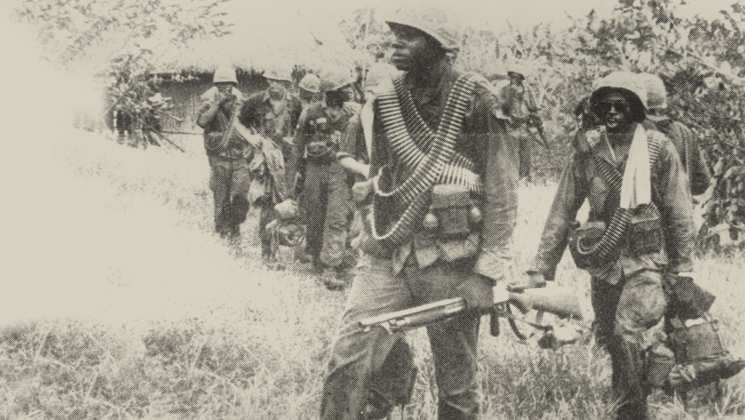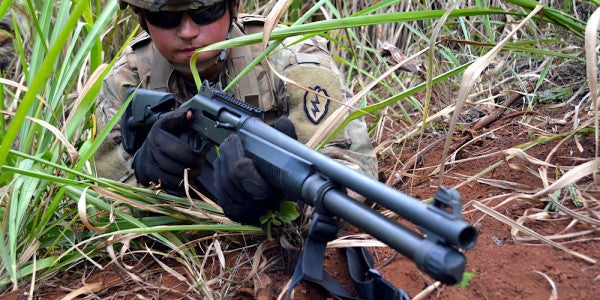5fish
Well-Known Member
- Joined
- Jul 28, 2019
- Messages
- 10,703
- Reaction score
- 4,554
French get the claim to first modern military rifle...
The Lebel rifle has the distinction of being the first military firearm to use smokeless powder ammunition. The new propellant powder, "Poudre B," was nitrocellulose-based and had been invented in 1884 by French chemist Paul Vieille.

 en.wikipedia.org
en.wikipedia.org
In the Great war... outdated...

 www.americanrifleman.org
www.americanrifleman.org
Despite its impressive record, there are those today who insist on denigrating France’s Fusil Modéle 1886/93 “Lebel” insisting that by the time World War I began it was obsolete and out of date. True, it incorporated an early design or two that might have fallen out of fashion by 1914, but the fact remains that it proved to be a superb, effective arm, more than capable of holding its own against whatever the Boche could throw against it.
The Lebel rifle has the distinction of being the first military firearm to use smokeless powder ammunition. The new propellant powder, "Poudre B," was nitrocellulose-based and had been invented in 1884 by French chemist Paul Vieille.
Lebel Model 1886 rifle - Wikipedia
 en.wikipedia.org
en.wikipedia.org
In the Great war... outdated...

An Official Journal Of The NRA | The 1886/93 Lebel: France's Great War Masterpiece
This innovative 8 mm bolt-action repeater, which performed extraordinary service during World War I, was also one of the most important military arms in history.
Despite its impressive record, there are those today who insist on denigrating France’s Fusil Modéle 1886/93 “Lebel” insisting that by the time World War I began it was obsolete and out of date. True, it incorporated an early design or two that might have fallen out of fashion by 1914, but the fact remains that it proved to be a superb, effective arm, more than capable of holding its own against whatever the Boche could throw against it.










